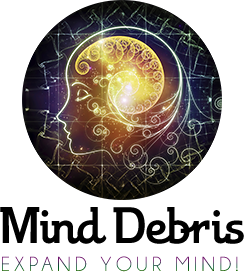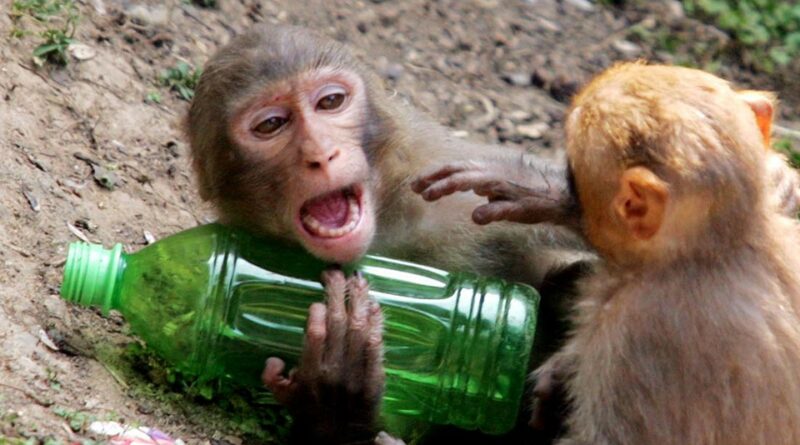The Evolution of Alcohol
[Please note that this page contains affiliate links. If you choose to purchase after clicking a link, I may receive a commission at no extra cost to you.]
In terms of evolution, humans started drinking hard alcohol yesterday—distilled alcohol has only been around for at the most 700 hundred years.
Alcohols with high percentages are known today as liquor or spirits like whiskeys, vodkas, rum, etc. How long people have been here to how long we have had distilled alcohol is 700 hundred years ago.
The Evolution of Alcohol
Agriculture 2000 years ago led to more potent than naturally occurring fermented fruit as hunter-gather societies around 10 million years.
Hunter-gather societies have been drinking 2-3% beers, and over time they could get grape wines as high as 8-10% alcohol.
There is a limit for those low alcohol percentages because of natural fermentation.
Fermentation is the yeast turning the sugars into alcohol which is poisonous to humans.
Through learning distillation, the highest percentage for beer is 16% ABV (Alcohol by Volume).
That’s as high as you can get before the alcohol shuts down the yeast. The way around that, of course, is distillation.
You take the wine and heat it up and if you can figure out a way to capture the vapour, then turn that vapour back to a liquid, you then have hard spirits or liquor.
Vodkas can get as high as 90 plus percent now.
So people distill barley, wheat, wines, etc., creating whiskey, vodka, rye, and the many other fun, aggressively high alcohols.
Alcohol’s History
Ten million years as primates, we drank fermented low percent alcohols – 20,000 to 13,000 years ago.
After that, people started making alcohol seriously, not relying on fermented fruit lying around – distillation first occurred in the 1300s in China and the 1500s to 1600s in Europe. So, it might not seem like a long time.
Still, in terms of evolution, stronger alcohols were invented yesterday, and the human mind and body aren’t adapted to withstand the more actual alcohol content. So, we haven’t had time to catch up to alcohol both biologically and culturally.
Alcohol causes unprecedented amounts of problems physiologically and culturally, like alcoholism. Moreover, it can be very destructive.
Which leads to the question of why have we purposely been putting alcohol or that type of poison in our bodies for millions of years now, especially in an organized fashion ritualistically in gatherings with others?
Scientists now believe that people consume low alcohol percentages even longer than in agriculture.
Therefore, it is a possibility that the love for the drug alcohol was a leading motivator for the agricultural revolution in the first place.
The newest science of forensic archeology and anthropology has led us to believe that we were making beer as hunter and gatherers.
They would use a clay pot to mush the fruit to increase the sugar content to make what we know today as malt. Malting and then fermenting the fruit simultaneously is what creates beer.
Found in Turkey, Gobekli Tepe is an ancient burial site that dates back at least 12,000 years and has been unearthed since the 1990s as it was filled in with dirt for thousands of years.
Finding Ancient Psychedelics
Scientists have found that these hunters gather societies would produce alcohols and psychedelics at the ritual grounds of Gobekli Tepe would make alcohols out of grains which they would turn into an entheogen like LSD from the grains like rye and wheat.
The people created a place to meet and enjoy a cocktail of low alcohol beers and potent ritualistic psychedelic trips.
Before the 1950s, the common idea of where the alcohol came from was around the agricultural era (2000 years ago), where bread like sourdough starts to ferment, and you get a beer.
Then archeologists started uncovering many ancient sites similar to Gobekli Tepe, arguing that all these sites worldwide produced alcohol as hunter and gatherers, well before agriculture.
It is more evidence that people started agriculture to get more fucked up.
In South America, people were making this beer-like drink called Chicha, made out of corn or maze.
However, Chicha was made initially from corns ancient ancestor called Tao Centa.
What is interesting about Tao Centa is that it sucks for making grain. A person couldn’t ground the plant’s grain to make a tortilla where you easily can today with corn.
Tao Center wasn’t a plant with a noticeable grain on it but worked well to make beer.
They knew they couldn’t get food from the plant, but harvesting through agriculture and evolution became what we know as corn.
Meaning people’s intentions for corn was to get buzzed off the alcohol and not eat it for food.
Alcohol was Never Involved with Jesus
Modern-day Israel has also found evidence of beer fermentation in that area going back to the time of agriculture and the arrival of Jesus.
From rotting fruit millions of years ago—to gathering sites like Gobeli Tepi 12,000 years and making and drinking alcohol with the help of psychedelics in the hunter-gathering ancient ceremonial areas—to distillation 700 years ago in China, moving East to Europe in the 1500s—people have been drinking a lot stronger alcohols today where evolution hasn’t had a chance to catch up physiologically in the brain and body, as well as culturally.
We have been drinking alcohol forever, but liquor and spirits were invented yesterday.
Alcohol Poisoning – is a serious — and sometimes deadly — consequence of drinking large amounts of alcohol in a short period. Drinking too much too quickly can affect your breathing, heart rate, body temperature and gag reflex and potentially lead to a coma and death.
Alcoholic – For women, it’s having more than three drinks a day or seven a week.
For men, it’s four or more per day or 14 a week. You’re at risk if you drink more than the daily or weekly limit.
However, that’s not the only way to tell if you or someone you care about needs help.
Alcohol Withdraw Syndrome (AWS) – With AWS, you may experience physical and emotional symptoms, from mild anxiety and fatigue to nausea. Some signs of AWS are as severe as hallucinations and seizures.
At its most extreme, AWS can be life-threatening.
Sources:
Book – Drunk: How We Sipped, Danced, and Stumbled Our Way to Civilization


